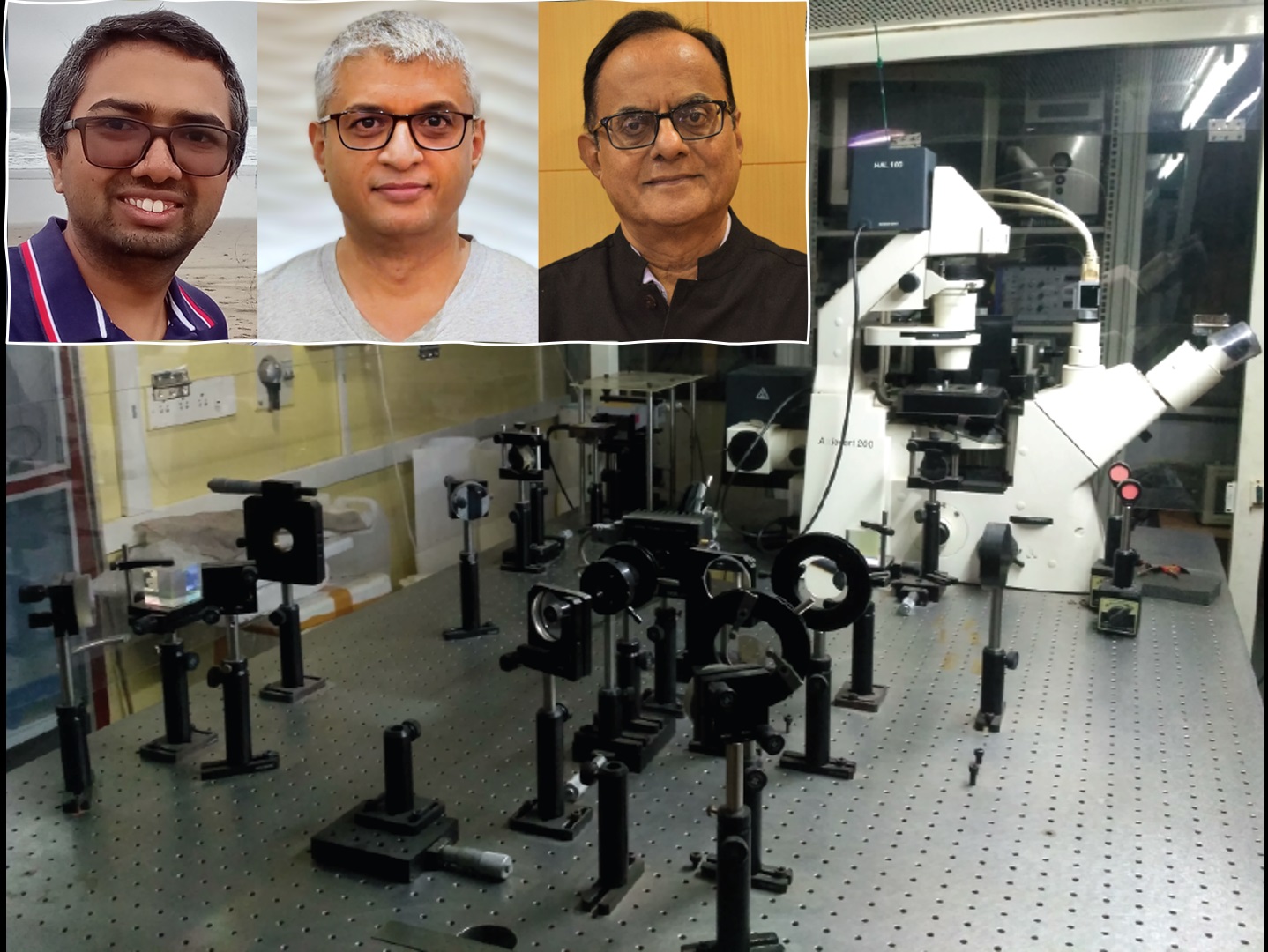1 November 2023
– Ananthapathmanabhan MS
Designing a heat engine that can produce maximum power at maximum efficiency is a major challenge. Practical heat engines are limited to a theoretical efficiency called the Carnot limit, which sets a cap on how much heat can be converted to useful work. In a breakthrough, researchers at the Indian Institute of Science (IISc) and Jawaharlal Nehru Centre for Advanced Scientific Research (JNCASR) have devised a novel “micro heat engine” that has overcome this limitation at the lab scale. The study was published in Nature Communications.
“What was considered impossible until today, we have demonstrated that it is possible: achieving both high efficiency and high power simultaneously,” says corresponding author Ajay K Sood, National Science Chair Professor at the Department of Physics, IISc, and Principal Scientific Adviser to the Government of India.
Heat engines convert heat into work – for example, moving a piston in a certain direction. For an engine to be 100% efficient, when the process is reversed – the piston returns to its original state – there should be no heat wasted, which is what was proposed by French physicist Sadi Carnot in 1824. This is only theoretically possible if the process happens extremely slowly, but that also means that the power output will be zero, making the engine practically useless. This is known as the power-efficiency tradeoff.
“Since the 1970s, people have been attempting to address the power-efficiency trade-off. In the early 2000s, researchers explored microscopic systems to overcome this challenge. Interestingly, in 2017, a paper claimed that it was impossible to solve this thermodynamic puzzle,” says Sudeesh Krishnamurthy, former PhD student at the Department of Physics, IISc, and first author of the study.

Optical tweezer apparatus in Ajay Sood’s lab at IISc. Inset (L-R): Sudeesh Krishnamurthy, Rajesh Ganapathy, and Ajay Sood (Photos: Sudeesh Krishnamurthy)
In the current study, the team mimicked the functioning of a conventional heat engine at the micron scale. Instead of using a mix of gas and fuel, they took a tiny gel-like colloidal bead and used a laser beam to direct its motion, similar to how the piston works in a macroscopic engine.
“Our unique micro-scale engine operates with just one particle,” says Rajesh Ganapathy, Professor at JNCASR and another author. The size of the engine is very small, about 1/100th the width of a single human hair, he adds.
The team also used a rapidly changing electric field to cycle the engine between two states. Under these conditions, they found that the waste heat dissipated drastically reduced, bringing the efficiency close to 95% of the limit specified by Carnot.
“What we have achieved is a reduction in heat distribution time through the introduction of the electric field. This reduction in heat distribution time allows the engine to operate at high efficiency and simultaneously yield a large power output even while operating at high speeds,” says Krishnamurthy.
Previously, the team designed a high-power engine that used a live bacterium to push the particle and power the system. This time, the researchers replaced the bacterium with an electric field to move the particle more efficiently in the colloidal medium and to increase the system’s durability.
The results from the experiments show that, under certain conditions, high power can be achieved with high efficiency. Such an advancement could pave the way for more energy efficient devices in the future.
“If one can draw a message from here and try to see how to make a practical interpretation of this micro engine, that is the next part of the story,” emphasises Sood. “We have opened doors that scientists almost gave up opening due to the thermodynamic constraints set by Carnot in previous studies.”
REFERENCE:
Krishnamurthy S, Ganapathy R, Sood AK, Overcoming power-efficiency tradeoff in a micro heat engine by engineered system-bath interactions, Nature Communications, 14, 6842 (2023).
CONTACT:
Ajay K Sood
National Science Chair Professor, Department of Physics, Indian Institute of Science (IISc)
Principal Scientific Adviser to the Government of India
Email: asood@iisc.ac.in
Rajesh Ganapathy
Professor, International Centre for Materials Science & School of Advanced Materials
Jawaharlal Nehru Centre for Advanced Scientific Research (JNCASR)
mail: rajeshg@jncasr.ac.in
Sudeesh Krishnamurthy
Former PhD student, Department of Physics, Indian Institute of Science (IISc)
Postdoctoral scholar, University of California, Berkeley
Email: forsudee@gmail.com
NOTE TO JOURNALISTS:
a) If any of the text in this release is reproduced verbatim, please credit the IISc press release.
b) For any queries about IISc press releases, please write to news@iisc.ac.in or pro@iisc.ac.in.

